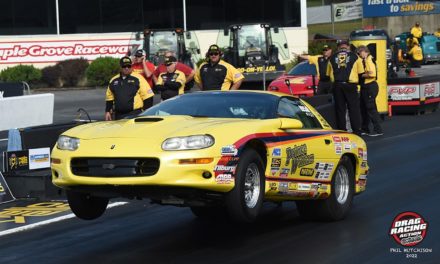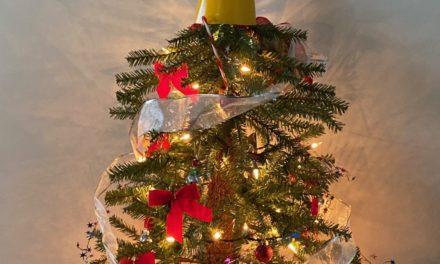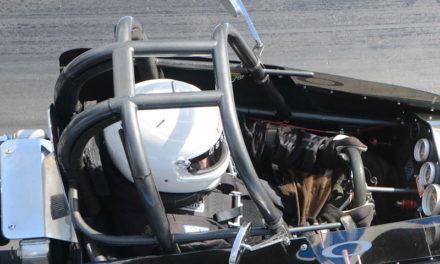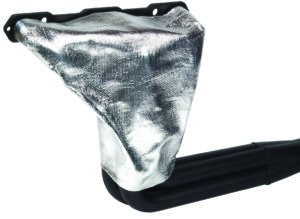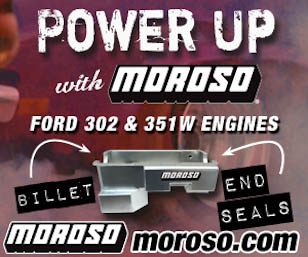
Inflation

Inflation is a topic that is on a lot of people’s minds at the moment. We see it everyday at the grocery store or gas pumps. It is hard not to notice how much more expensive things are than even a year or two ago. I used to laugh at my mom when she regaled us with stories of her youth and getting gas for a quarter a gallon. It seemed ridiculous, but now I find myself looking at the prices and remembering when I could cruise around all weekend on less than $10 worth of gas in the tank.
It’s not just groceries and gas that has gone up though. Almost everything that goes into racing has had price increases recently as well. While container shipping costs have been coming down slightly as of late, they are still quite elevated compared to two years ago. The cost of raw metal is up significantly too from years past which is the main component in many of the parts we buy. The availability of it has also been an issue which anybody who has tried to purchase engine components in the last few years can corroborate.
However, one thing that has stayed pretty consistent over the years is the NHRA national and divisional event purses. I remember when my Dad won Super Gas at the 1992 Keystone Nationals at Maple Grove Raceway. The check from NHRA was for $1,500, along with $300 per contingency decal of which he claimed about 35. This added up to a pretty good payday of about $12,000. I remember being amazed by the likes of Peter Biondo and Steve Cohen claiming close to 50 which would make their wins worth over $16k for each national event. That’s not bad considering a regional big money bracket race of that era was in the $5k – $10k range. Today’s national event winner’s check for Super Gas is $1,800 and one would be lucky to be able to claim more than 20 decals worth the same $300 each making the event worth less than $8,000. This is a significant decrease in actual money won without even factoring in inflation. Also, for comparison’s sake, today, one could hardly call anything less than a $15k to win race “big money”.
Conversely though, the entry fees at those NHRA events have not been as stable. Getting into a national event in the early 90s only cost a little over $200. To enter a national event in 2022 it costs about $330, not including the divisional events you are required to go to just to be able to enter. Now, the falling purses are not all NHRA’s fault. As you can see, they did up the amount of money they put out slightly (not quite enough to keep up with inflation or big money bracket race purses, but better than nothing). The major reason is the dwindling amount of companies that support the contingency program.
What could be causing companies that once paid contingency to drop out? For one, it’s all about return on investment for a company. Why support a program that a small percentage of racers take part in and an even smaller percentage that appreciate it? Do the racers actually look at the contingency postings every year and make product buying decisions based on that? I know my parents used to do that every year in January and remove and add decals as needed from the car. Today, companies are probably getting a better bang for their advertising buck by supporting big money bracket races and regional street outlaw style grudge matches. This may allow them to reach a wider audience who is more inclined to buy their higher profit margin products.
I know bracket racers scoff at placing decals on their car but every year they flock to the RAD torque systems Fall Fling bracket races for ATI Thursday and Moser Friday. These sponsorships cost money and some of those companies make the decision to do events like this instead of participating in the NHRA contingency program. I don’t know the specifics on how much the contingency program costs a year versus sponsorship of certain events, so I cannot tell you if the level of commitment to advertising of any one company is the same. But the point is, companies are using their dollars differently now than 30 years ago and it is showing itself most apparently in the declining NHRA purses.
While this redistribution of company advertising dollars may be a negative for the person who only does NHRA racing, the bracket racer is supported better through these programs. This might be a case of the NHRA racer not realizing how good they used to have it with the contingency program. It also reinforces the fact that going NHRA racing for sportsman is rarely a money making operation. The adage of the only way to make a small fortune in drag racing is to start with a large one still rings true.
The question I have is, what will the racers do with this information? That seems like a discussion for another day. Have a Merry Christmas and enjoy the time with your family. -Franklin DiBartolomeo

